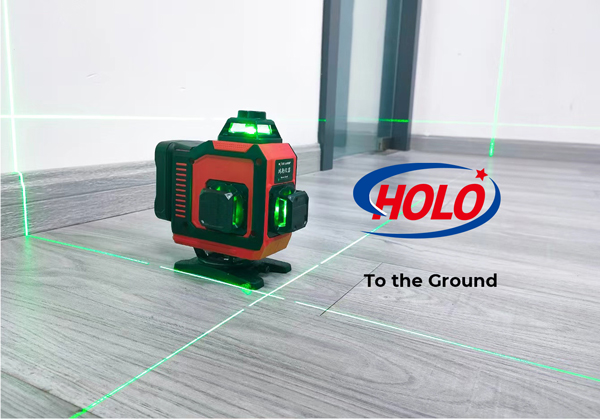Self leveling laser level refers to a level that uses a compensator to automatically obtain the reading of the level scale when the line of sight is horizontal within a certain vertical axis tilt range. It is a precision tool commonly used in engineering construction, architectural decoration, floor laying and other fields. It can automatically adjust the horizontal state of the instrument to ensure the accuracy of the measurement results.
Self leveling laser level usually consists of the following main parts:
1. Level bubble: The position used to display whether the instrument is horizontal in traditional level, modern self leveling level uses electronic sensors instead.
2. Gyroscope: Used to detect the rotation and tilt changes of the instrument. It can monitor the attitude of the level in real time and make necessary adjustments.
3. Servo motor: Used to adjust the horizontal state of the instrument. According to the feedback signal of the gyroscope, the servo motor will drive the adjustment mechanism to restore the instrument to a horizontal state.
4. Control system: Responsible for processing the data of the sensor and controlling the action of the servo motor. The control system usually includes a microprocessor or an embedded computer.
The working principle of the self leveling laser level mainly relies on the internal compensator, which is a mechanism that uses the earth’s gravity to automatically adjust the instrument to a horizontal state.
Specifically:
1.The role of the compensator: The compensator usually consists of a group of lenses, which are suspended by wires so that they are always perpendicular to the ground under the action of the earth’s gravity. When the instrument is not completely leveled, that is, the telescope axis has an angle with the horizontal line, the compensator will produce an angle relative to the telescope axis, and the line of sight will be corrected through the suspended lens to obtain the correct horizontal line of sight.
2.The range of automatic leveling: Due to the space and precision limitations of the hanging objects, the range of self leveling is limited, and the effective working range of the compensator is usually 3 minutes. As long as the instrument is calibrated, the circular bubble does not have to be completely centered, and it only needs to be roughly adjusted to the middle position for measurement.
3.Advantages: The advantage of the automatic leveling level over the traditional level is that it does not require precise leveling, simplifies the operating procedures, increases the speed of operation, and reduces the observation errors caused by changes in external conditions. In addition, since the effect of the earth’s gravity is always reliable (unless the instrument compensator fails), it is practical in most cases.
This design enables the self level to provide accurate measurement results without the need for manual precise adjustment, which is particularly important in measurement environments that require rapid deployment and high efficiency.

